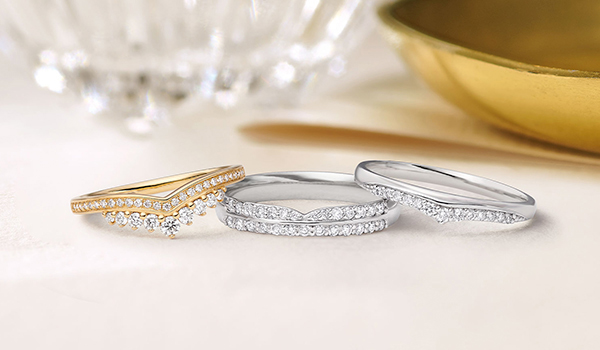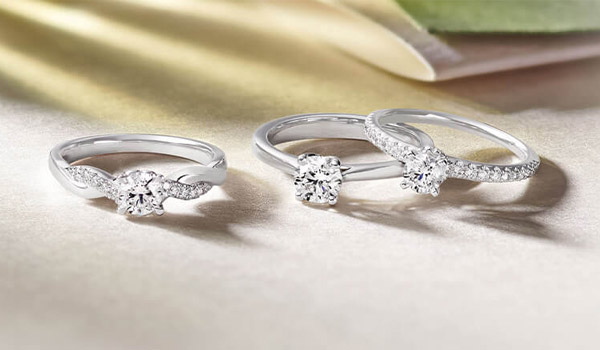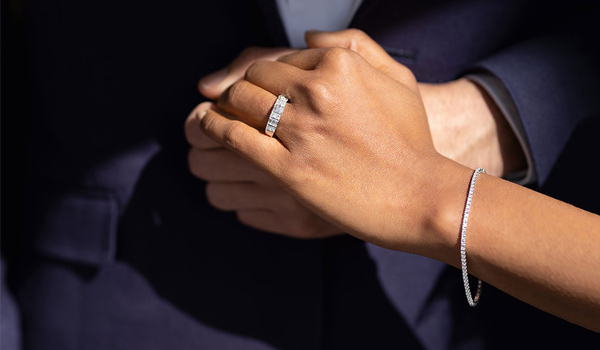What’s the difference between a diamond cut and diamond shape?
A diamond’s cut focuses on its symmetry, proportions and how its facets interact with light. A diamond shape, on the other hand, only describes the geometric appearance of a diamond. This is why diamond shapes are often interchangeably referred to as cuts. If you want to find out more about diamond shapes discover our diamond cuts & shapes guide.
There are three main diamond cutting techniques which help inform the shape of diamonds, they are:

The measure of how colourless or
“white” a diamond is
A chemically pure and structurally perfect diamond will have no colour and will therefore be rarer and more valuable. The Gemmological Institute of America (GIA) grades diamond colour on a scale of D (colourless) to Z (light yellow or brown).
or brown
Diamond colour chart
D

E

F

G

H

I

J

K

L

M

N

O - P
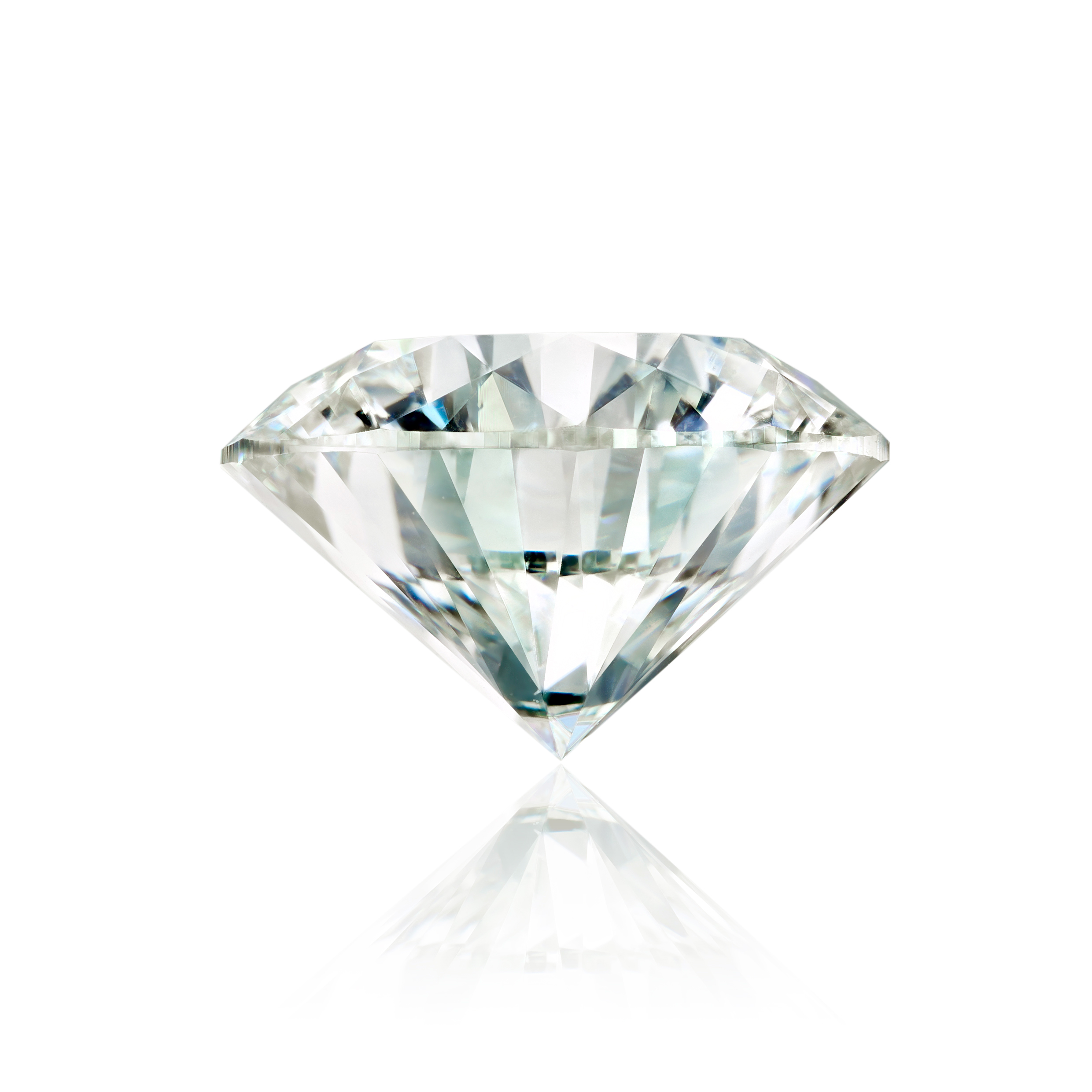
Q - R
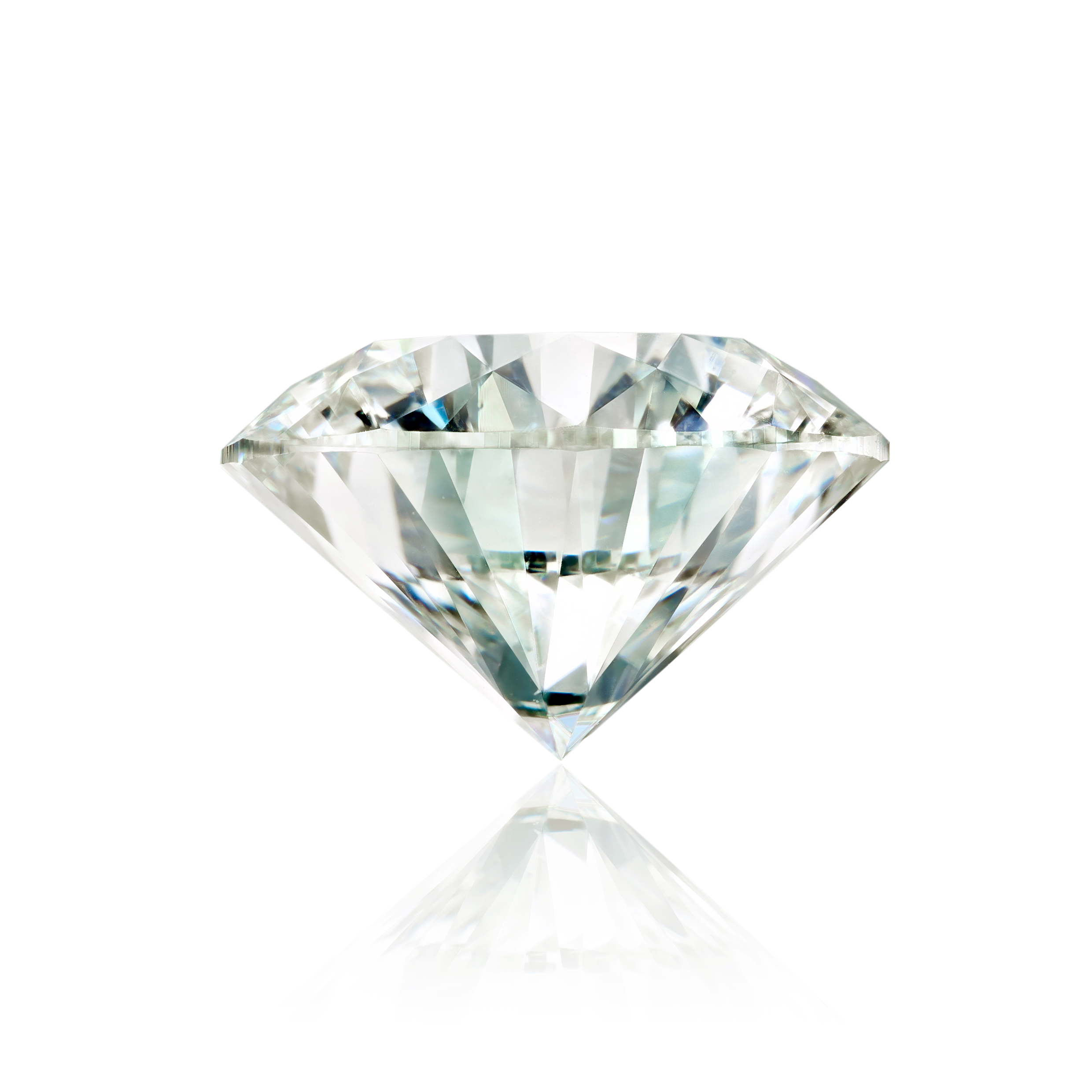
S - T
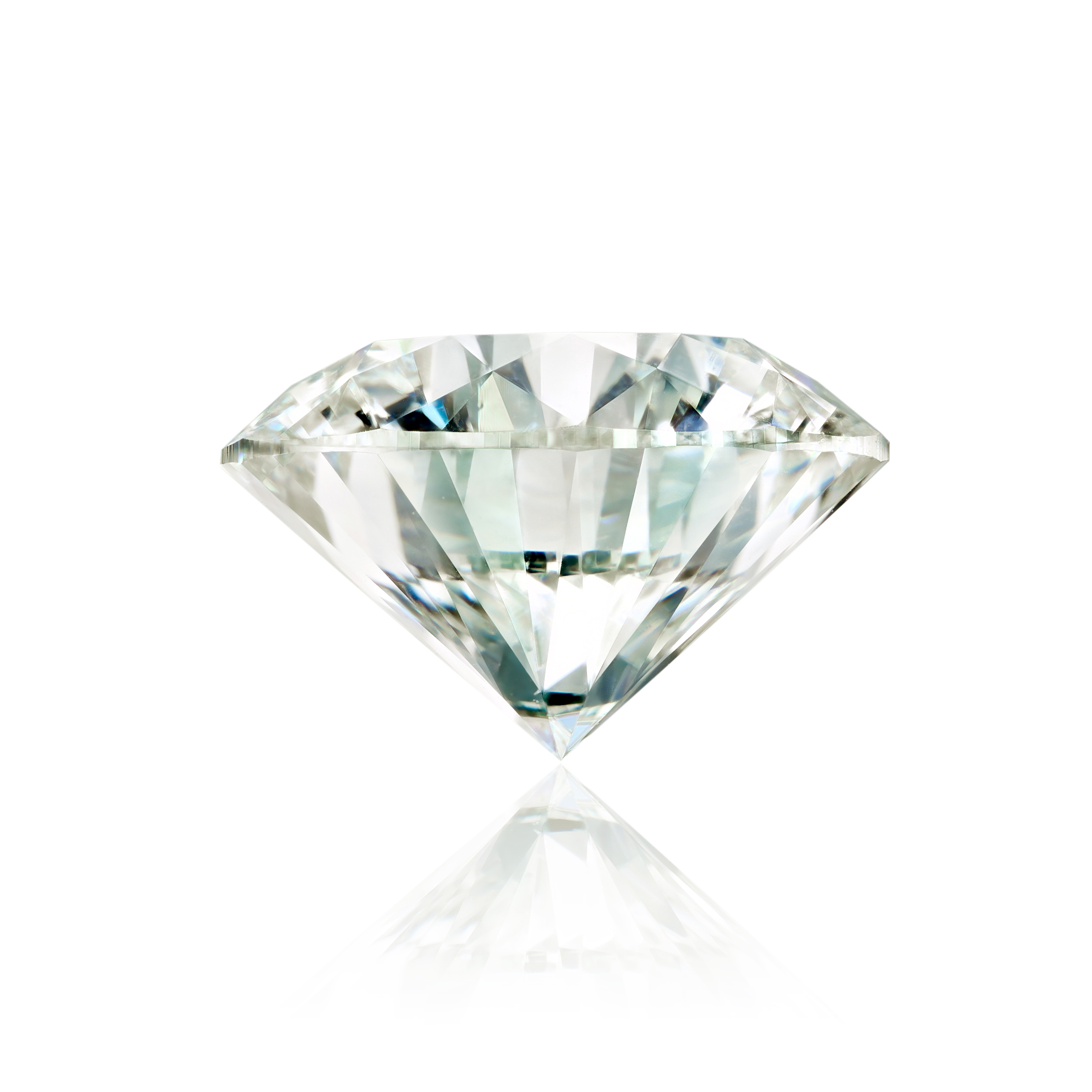
U - V

W - X
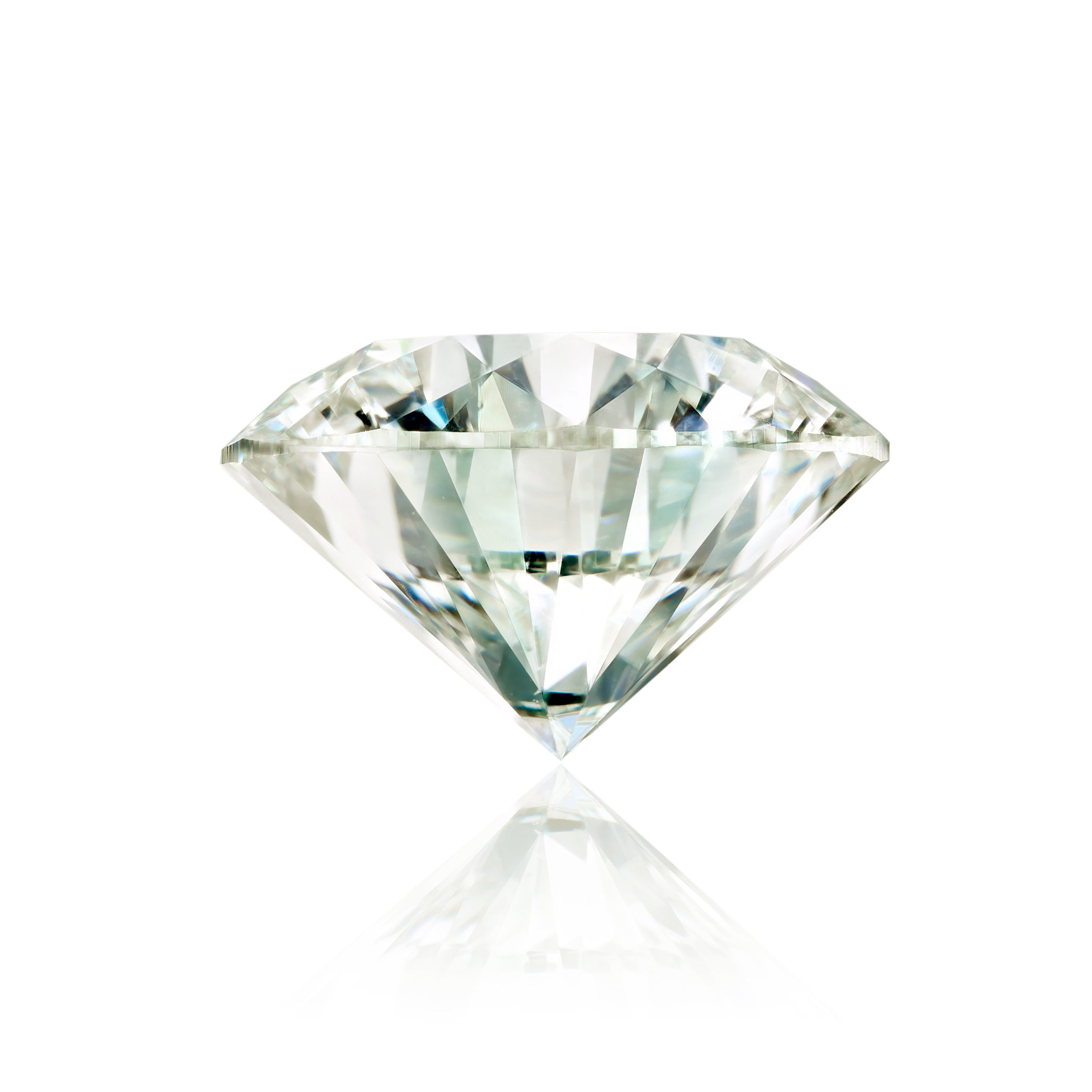
Y - Z


“You’ll find that most of our diamonds are in the near colourless range (D-G), meaning your Beaverbrooks diamond will have no visible colour, appearing bright and white.”
– Lorna, Head of Diamond Buying.

Inclusions and blemishes in a diamond
Formed deep under the earth, diamonds are exposed to huge heat and pressure which results in unique internal characteristics called inclusions and external characteristics called blemishes.
Diamond clarity chart
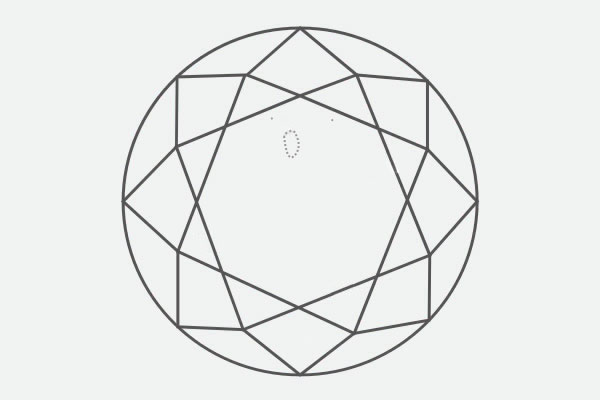
VVS1 - VVS2
Very, very small inclusions
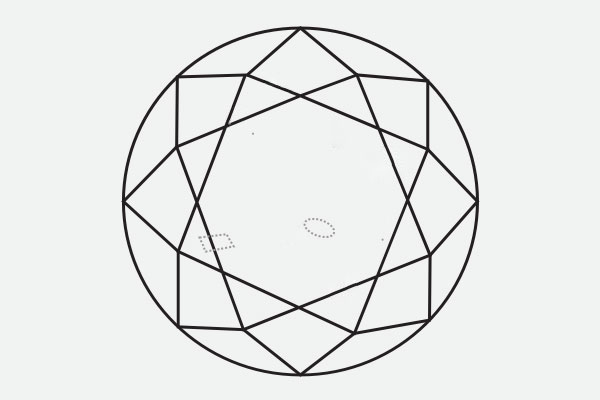
VS1 - VS2
Very small inclusions
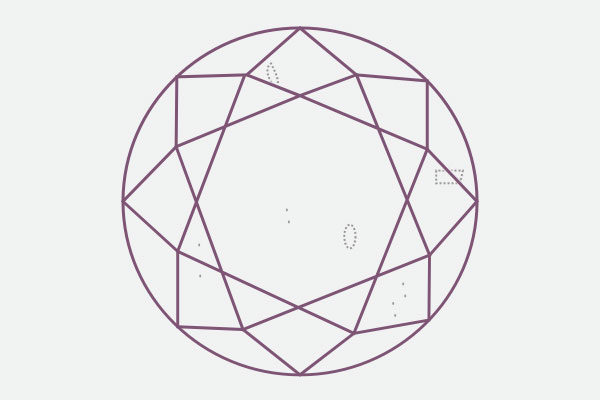
SI1
Small inclusions not visible to the naked eye
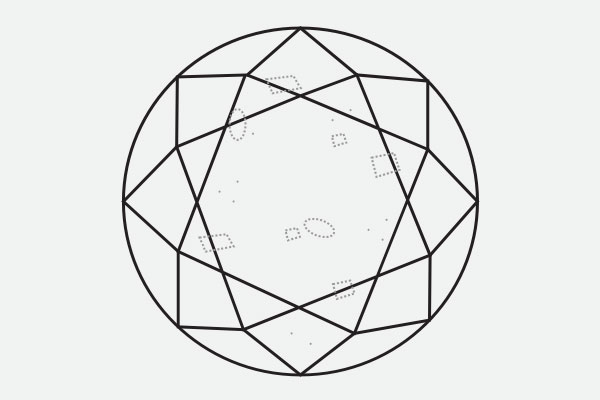
I1
Visible inclusions
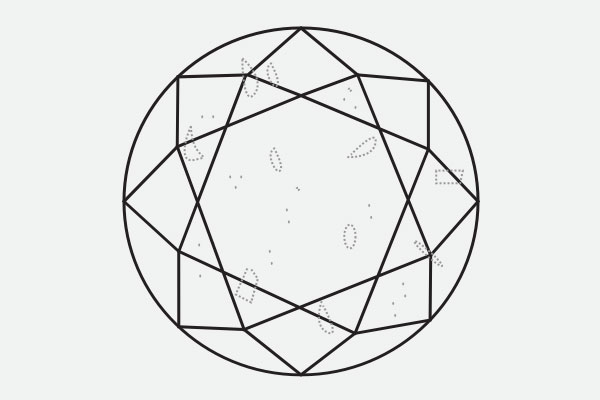
I2
Notable inclusions

I3
Prounounced inclusions

“All diamonds have inclusions; it’s what makes them unique, like a fingerprint. We choose diamonds with no inclusions visible to the naked eye for our core range, ensuring there are no inclusions that disrupt the passage of light, and therefore the sparkle of the diamond”
– Lorna, Head of Diamond Buying.

How much a
diamond weighs
The carat is a unit of weight, not size. One carat is divided into 100 points, so a diamond of 50 points is described as half a carat or 0.50ct. It’s important to remember that two stones of equal carat weight can differ in value depending on the other 4 Cs: clarity, colour and most important of all, cut.
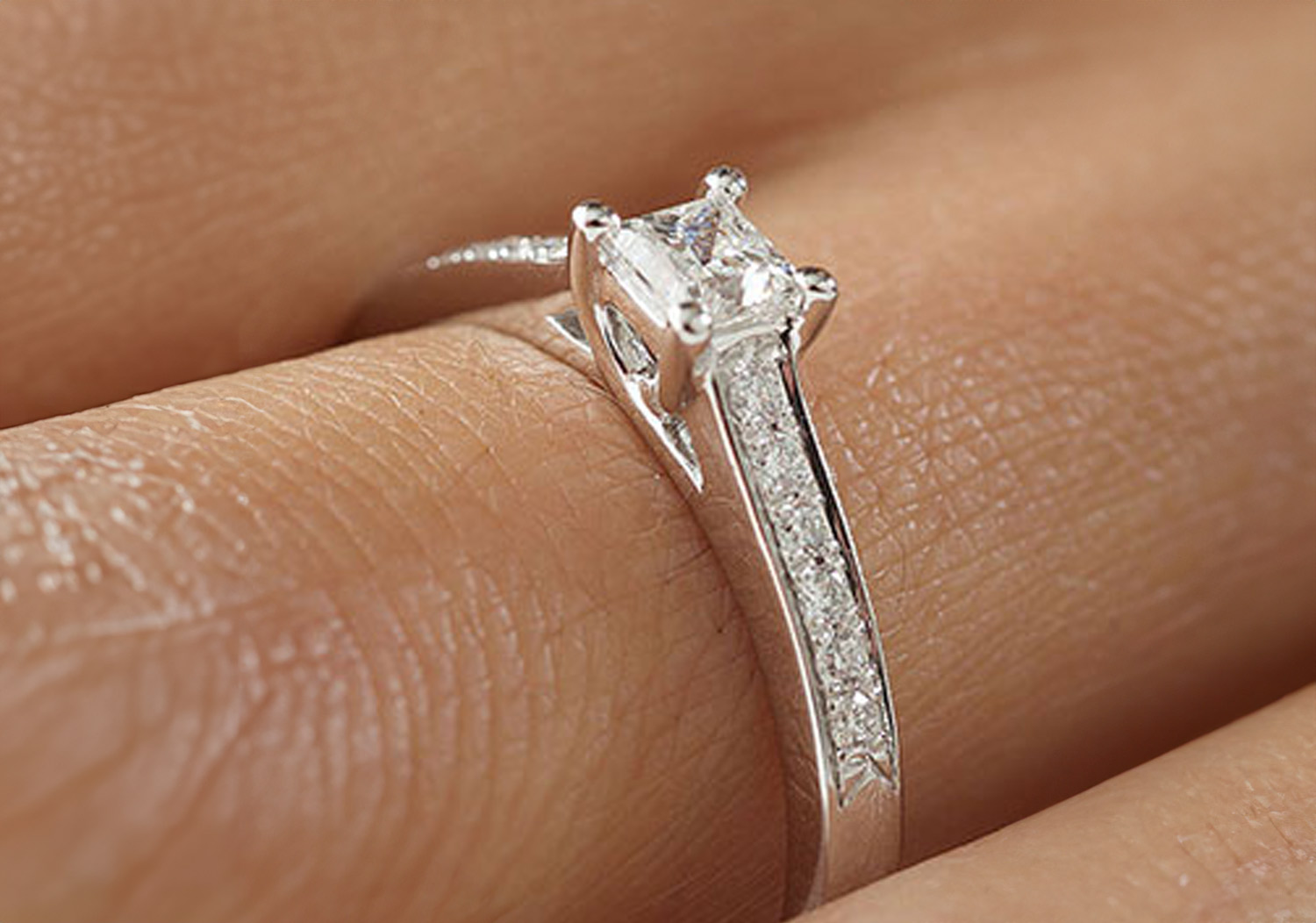
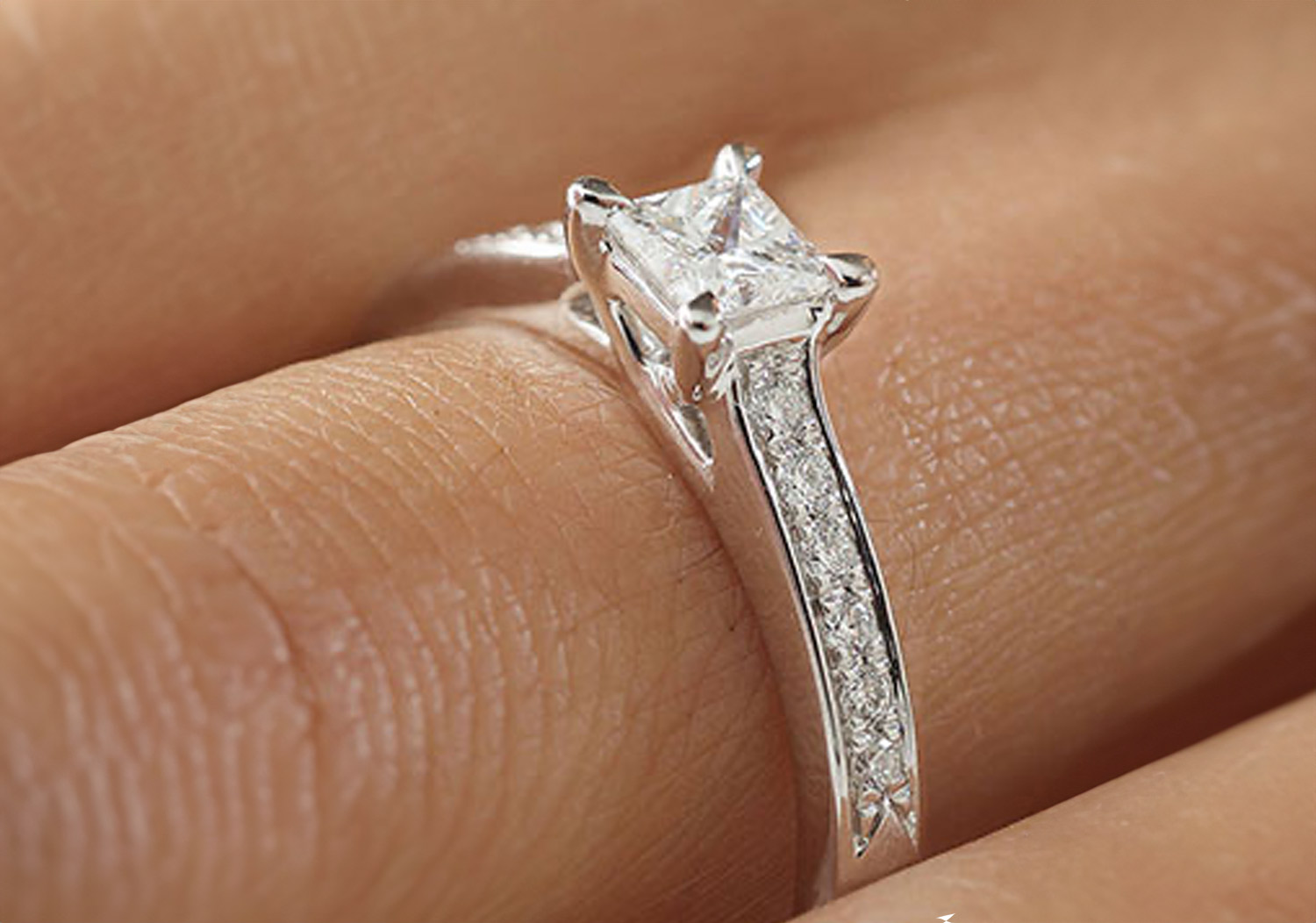
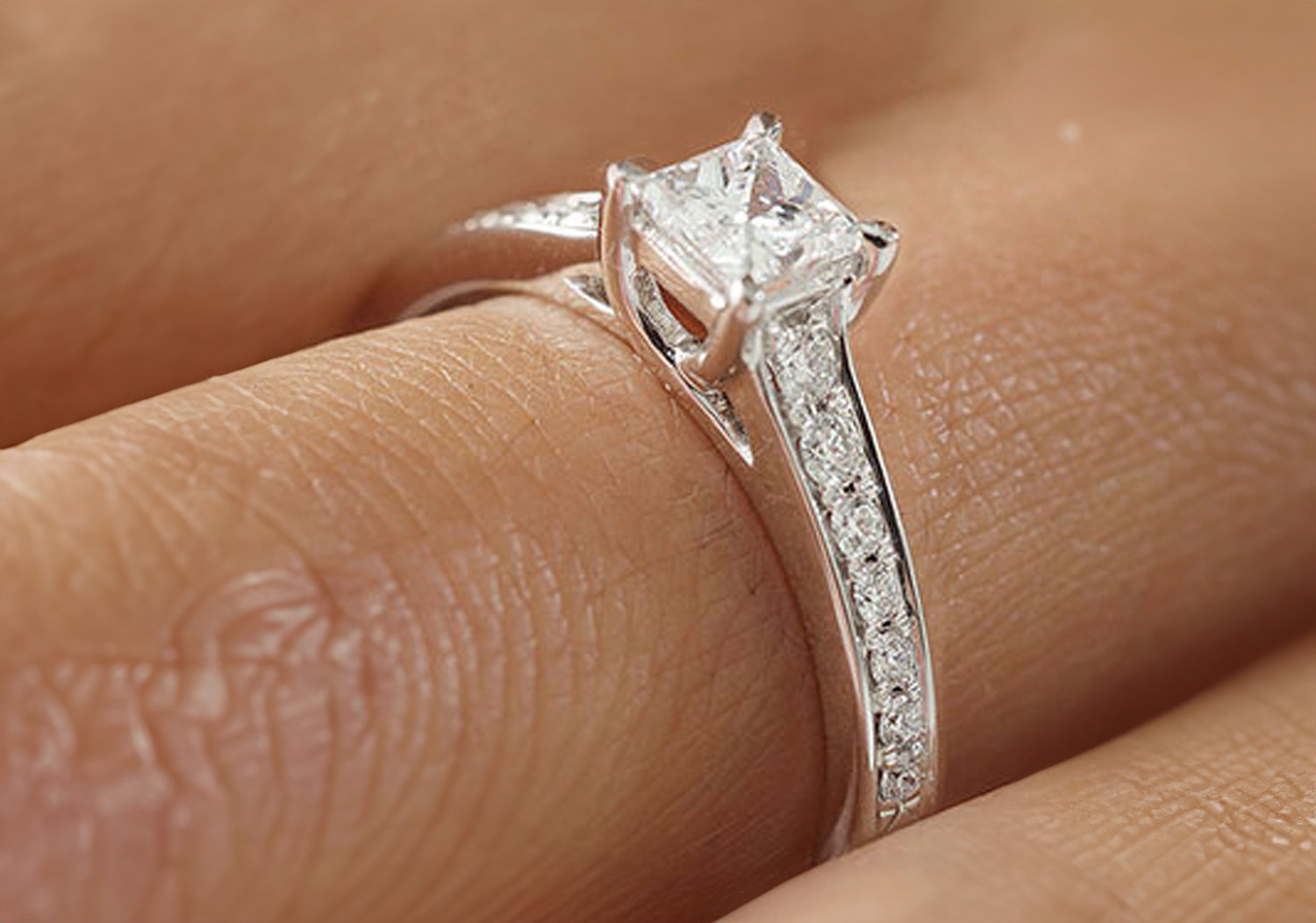
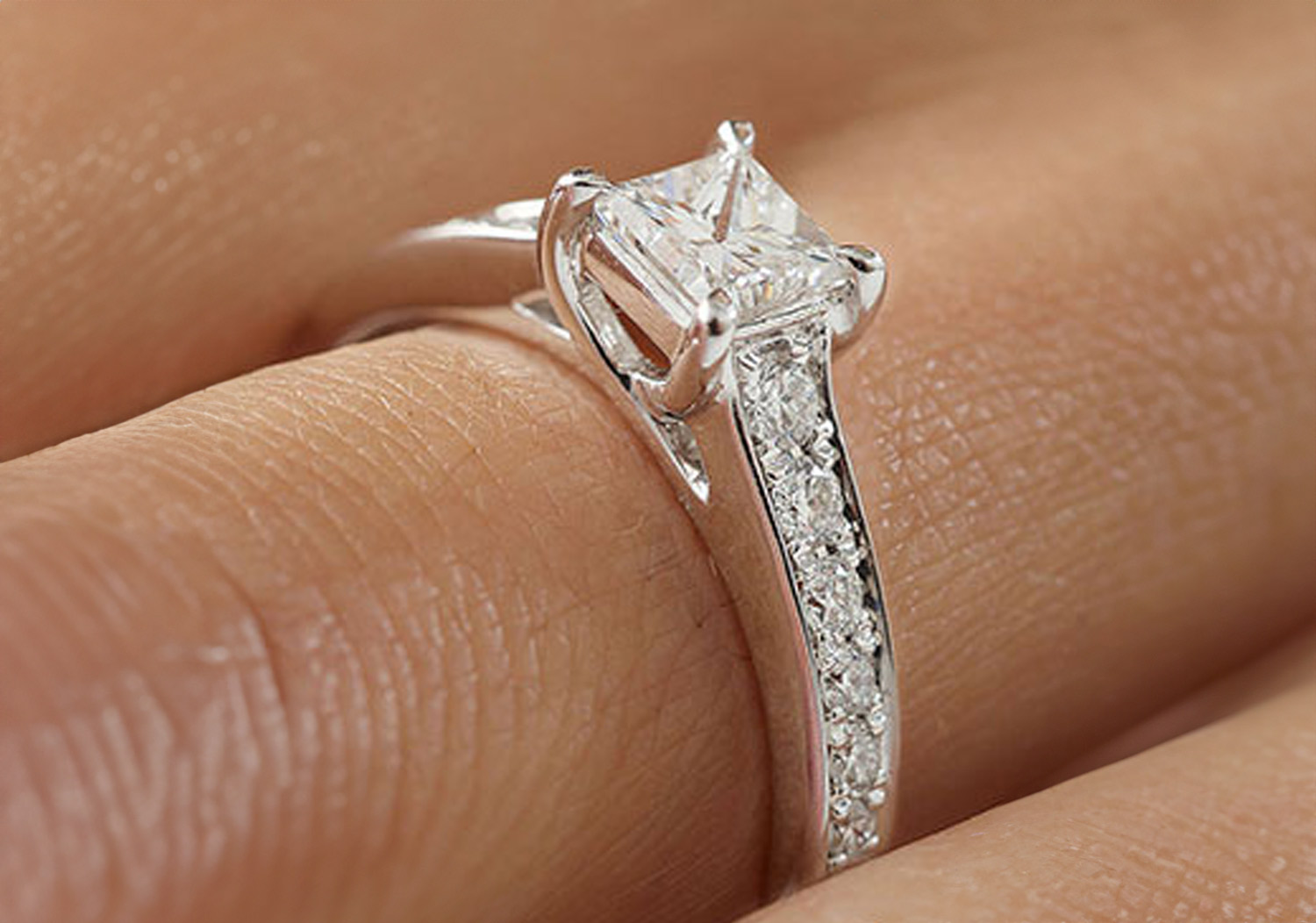
Our 5th C is Confidence
Our 5th C gives you the Beaverbrooks difference – Confidence. We don’t just tick off the 4 Cs, for us it’s about genuine passion and making sure your diamond sparkles beautifully.
View the guide












